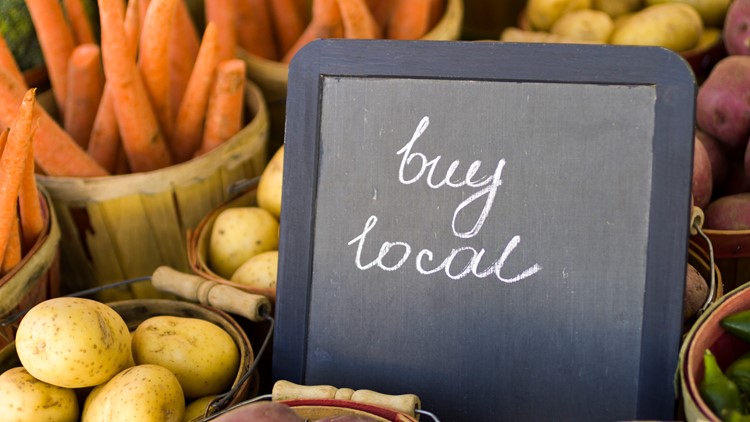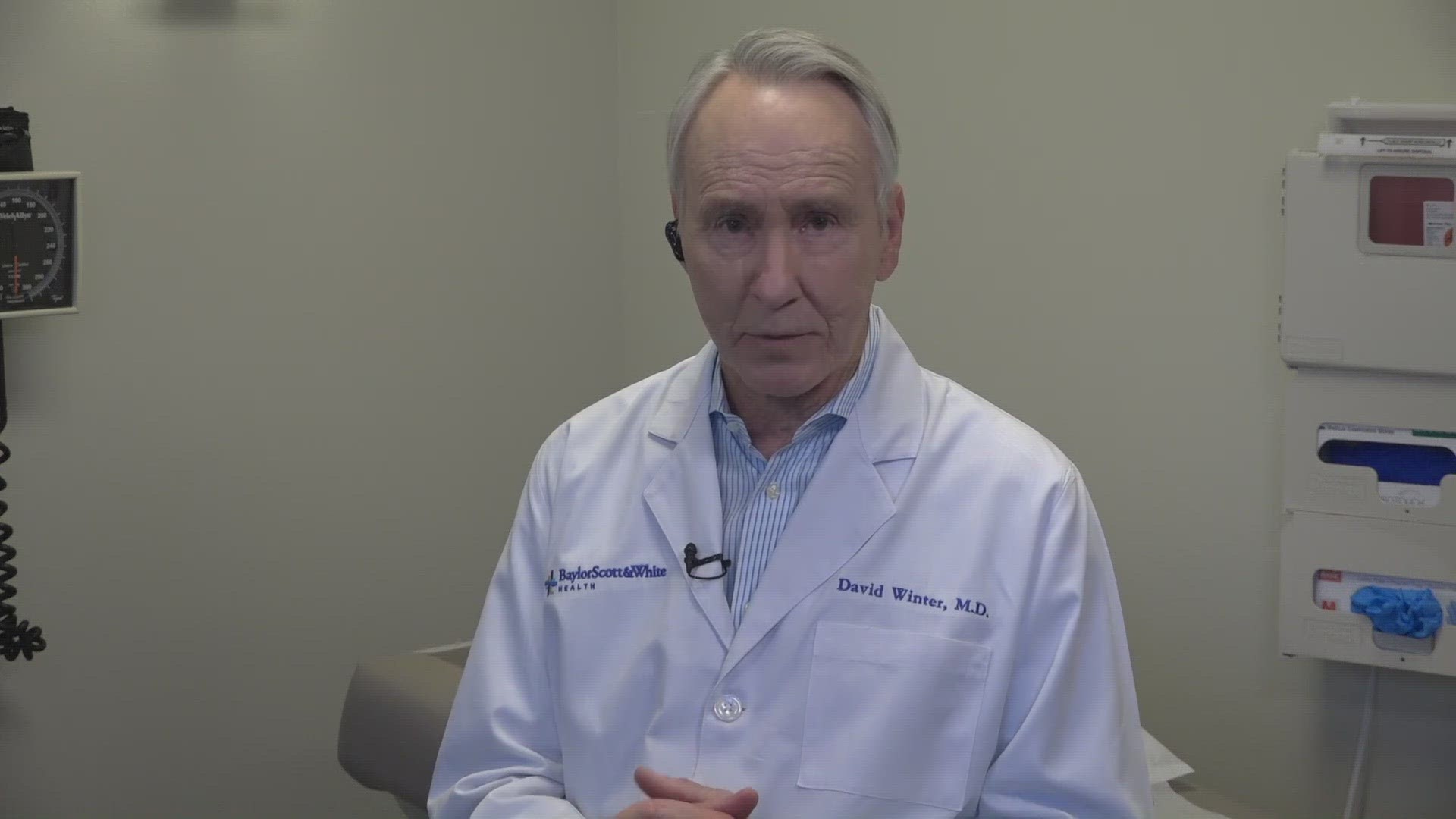Late last week, Governor Greg Abbott announced that Texas is now included as part of the U.S. Small Business Administration’s Economic Injury Disaster declaration, allowing qualifying businesses in the state access to the loan program.
SBA Public Information Officer for the Office of Disaster Assistance Susheel Kumar, whose district includes Texas, explained in an interview that the program allows for loans up to $2 million with interest rates for small businesses at 3.75 percent, while nonprofits are at 2.75 percent.
Repayment plans can be up to 30 years, but the exact terms are decided case-by-case. The first payment for the loan doesn’t start until 12 months have elapsed, Kumar said.
“The economic disruption has caused a strain on supply chains nationwide,” Kumar said.
Kumar said that the SBA has received “significant volumes” of applications, but did not venture to estimate how many since he does not have the numbers yet. He also said there have been a number of loan approvals, as well.
The term “small business” can mean a variety of things. Kumar said that often how the SBA determines which businesses are deemed “small” depends on a variety of factors, including the industry, amount of average annual receipts and number of employees, among other factors. The SBA's definition for various industries can be found here.
Kumar spoke with the Dallas Business Journal about the loan program, who should be applying and what applicants should keep in mind.
Can you talk to me about the purpose of EID loan program?
We're looking to provide maximum working capital liquidity to those eligible business owners who have demonstrated the capacity to repay and have paid their bills on time. The money is to be used very specifically for working capital purposes, which is paying your vendors that are due (payment), along with making payroll — because one without the other is cereal without the milk.
So (the loan program is) for business owners to pay their employees who are hurting. And for business owners to pay their accounts payable. One man's accounts payable (is) another man's accounts receivable, so (we’re) making sure that the supply chain doesn't get disrupted.
Overall, we're looking to find as many loans as possible. We have a robust pipeline of loans nationwide. We're looking to prove these as soon as possible so that we can meet the needs of the business owner that is the engine of this economy.
What advice would you give to small businesses who are applying to this program for the first time?
Please just go ahead and apply and see what the maximum amount you qualify for.
For the most part, the owners, there's a fixed interest rate, there's no volatility, and you're getting your money lump sum directly from the Treasury.
This is unlike a 7(a) (loan) or 504 (loan), which has to be guaranteed by the SBA and then paid out by the banks. This (loan) comes directly from the Treasury. So, the money is in (your) hands quickly. You can then apply, and get the peace of mind that you have what you need to pay your bills.
Nobody sleeps at night knowing that they have an unpaid bill for God's sake. Let's help you help your customer base, help your employees, your revenue stream and your accounts payable.
Logistically speaking, what documents do small businesses need to apply for the program?
The application portal on the website will ask for five items upfront. It starts off with an application. That application is pretty straightforward – name, social security number, what the address was where the business is located, and you got to mark off economic injury at the very top.
Once you're finished with that, there's the downloadable 4506, which is an IRS transcript that you download, sign and send back. Then there's a spot for tax returns to be uploaded also. If you don't have it, don't worry about it. In other words, provide it later.
There's a spot for a personal financial statement to be filled out: assets and liabilities, network calculations, any real estate that's owned. If you're a commercial real estate owner in the form of renting out the homes that you've purchased for rental income, potentially you are eligible for (the) economic disruption (loan).
Then last but not least are scheduled liabilities. That breaks down your vendor needs, who you owe, how much you owe, when you owe them, along with any security interest that they may have.
The next online item is supporting documentation that you want to file. You may want to send in your P&L so that they don't have to ask for it at a later time and with a handwritten note of sorts (to provide) what your unique situation may be.
Those five items are what we call the initial eligibility set that we're looking to underwrite with. If you have those five forms in, we're good to go.
How long does it take for small business to receive these loans?
We're funding in 25 to 30 business days after underwriting. With the sheer nationwide effort of applications coming in, we want to manage your expectations by under-promising and hopefully over-delivering. That's where the mindset is when I give you these figures.
Having said that, in terms of follow up, once that applicant sends it in, wait about a week or two on average before you call in to find out what's going on. Every time somebody picks up the phone and calls, and you would have to check what's going on, it takes time away from underwriting.
Can small businesses still apply even if they already have a line of credit?
The fact that you have credit elsewhere goes a long way towards the credit than repayment because it basically states that you pay your bills on time and that you have good repayment. In the meantime, I would encourage the business owners to use a line of credit exactly for that reason. It's a source of liquidity to keep your business going. All those sums can be reimbursed by the SBA because they were used specifically for disaster purposes. If you have any level of liquidity out there, which most business owners do, please do use your sources of liquidity to keep your business afloat.
Note: This interview has been edited for brevity and clarity.
More on WFAA:
- Delivery company is hiring 2,000 in North Texas
- Business, health care leaders question whether Collin County’s stay-at-home order goes far enough
- Carrollton clothing shop owner struggling to stay afloat as coronavirus impacts small businesses
- Small Dallas-Fort Worth furniture maker produces masks to help shortage



